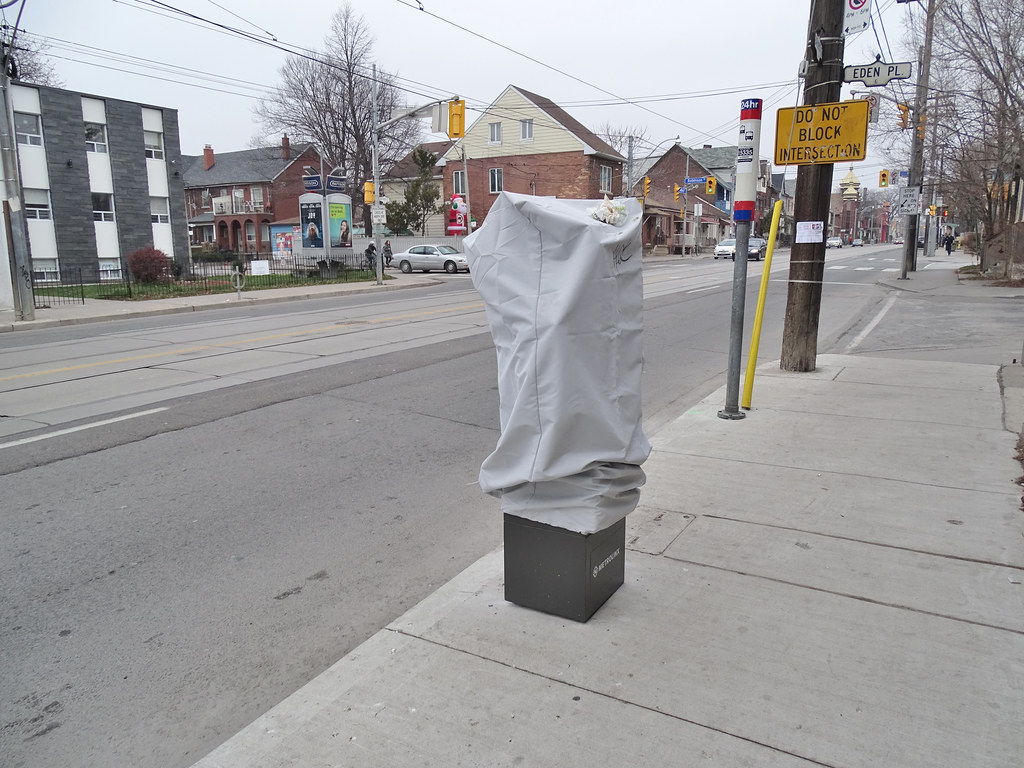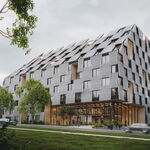I've made a list of everything I think should be done right now (as in not long term) to aid in the flow of streetcars through the city.
I'm wondering if some people can comment on whats been done already, as I am not always sure, and offer any advice.
1. Traffic light control. (This is where an approaching TTC streetcar delays a light going red) - Apparently these are enabled, but damn if I could tell. They don't seem to be aggressive enough if they are.
2. Enforce the King ROW during rush hour. (I wonder how this could be enforced better, any ideas? License plate cameras like on the 407, ticket cars in the mail?)
3. Remove close streetcar stops. (Seems to be started, but at a snails pace aka TTC speed)
4. All door boarding. (Its just been started on the entire streetcar system, YAY!
https://twitter.com/bradTTC/status/671810948479492096)
5. Illegal street parking (seems to be better after more enforcement, thoughts? I feel like on busy sections, street parking should be removed entirely)
Anything i'm missing?





